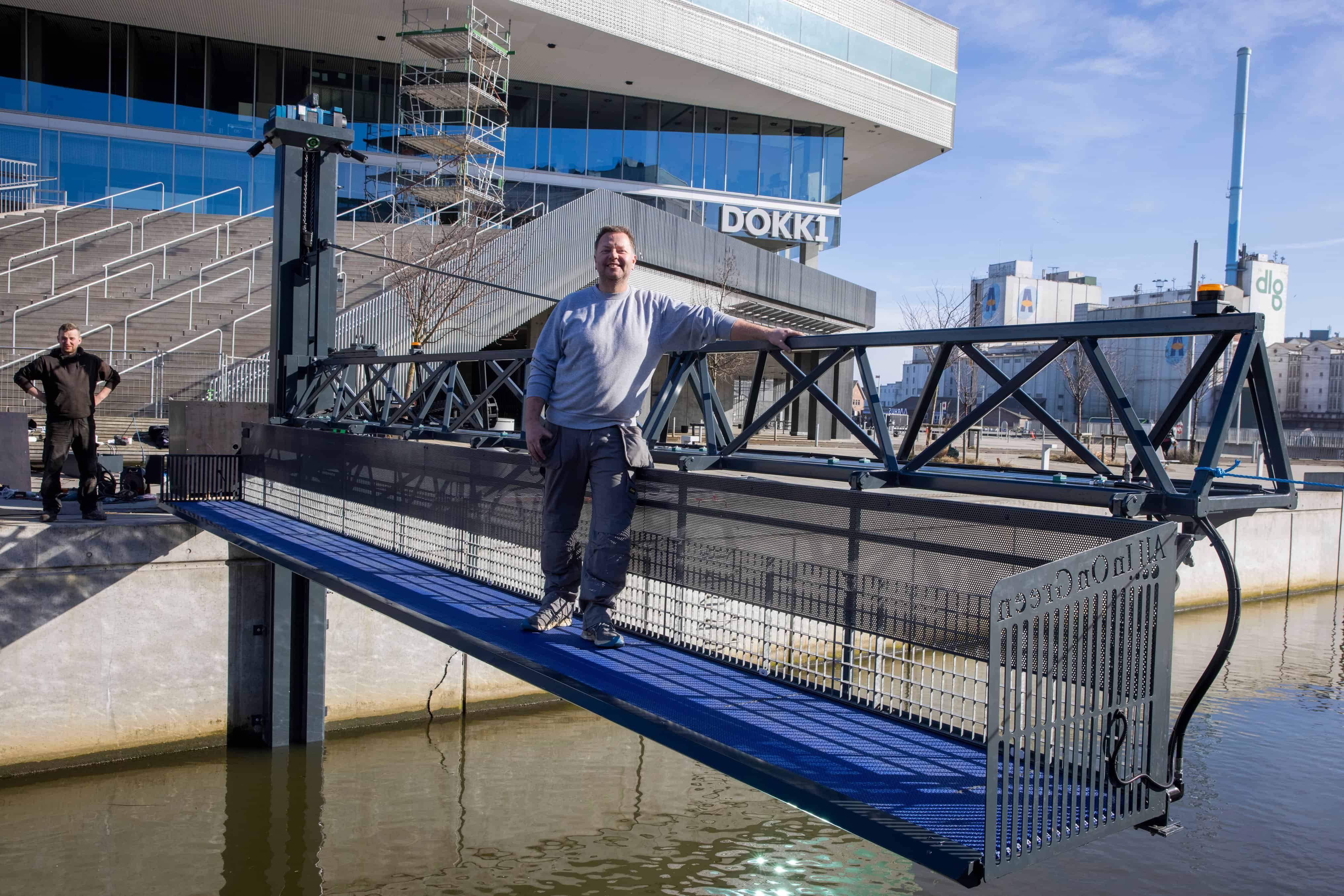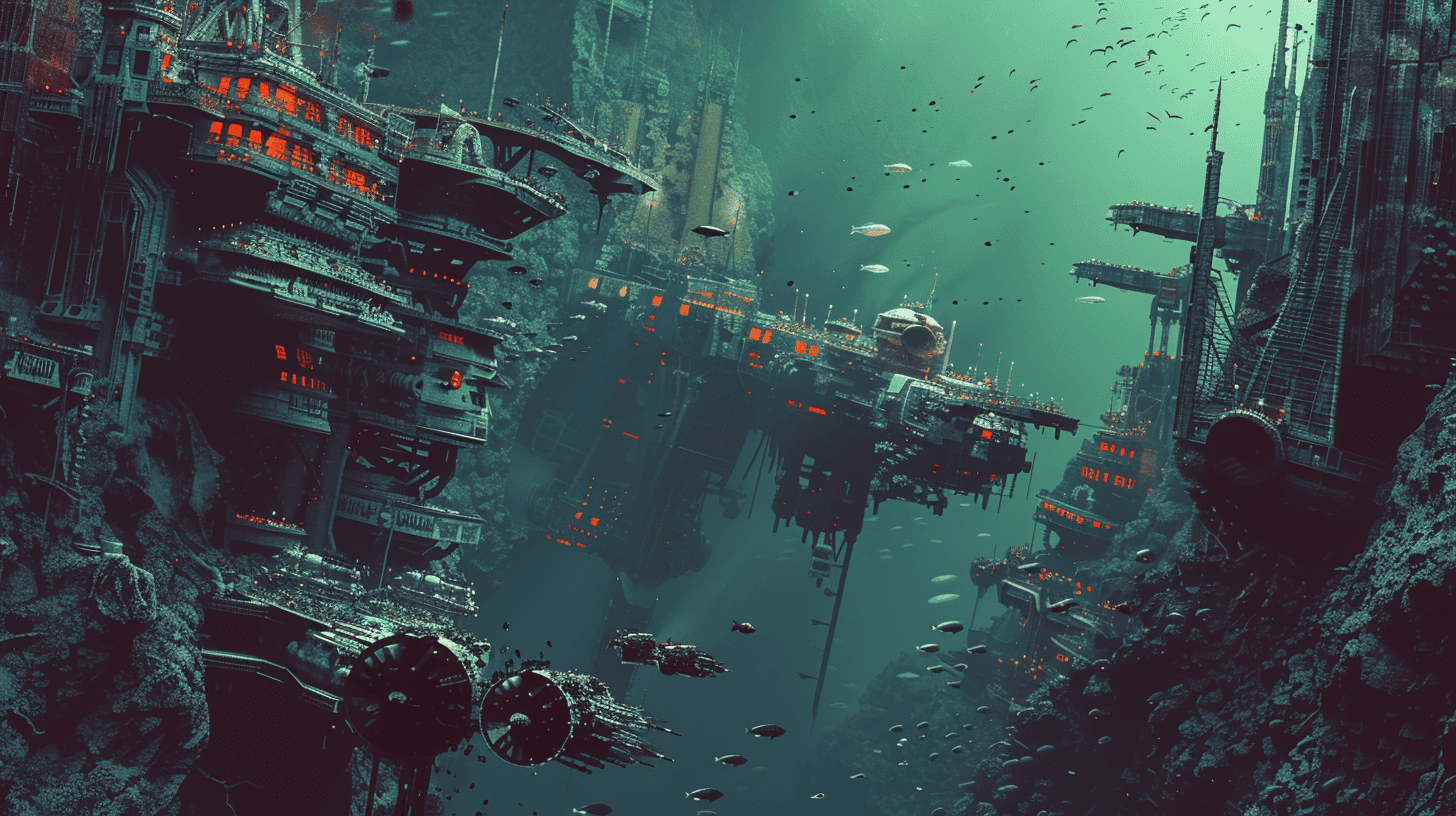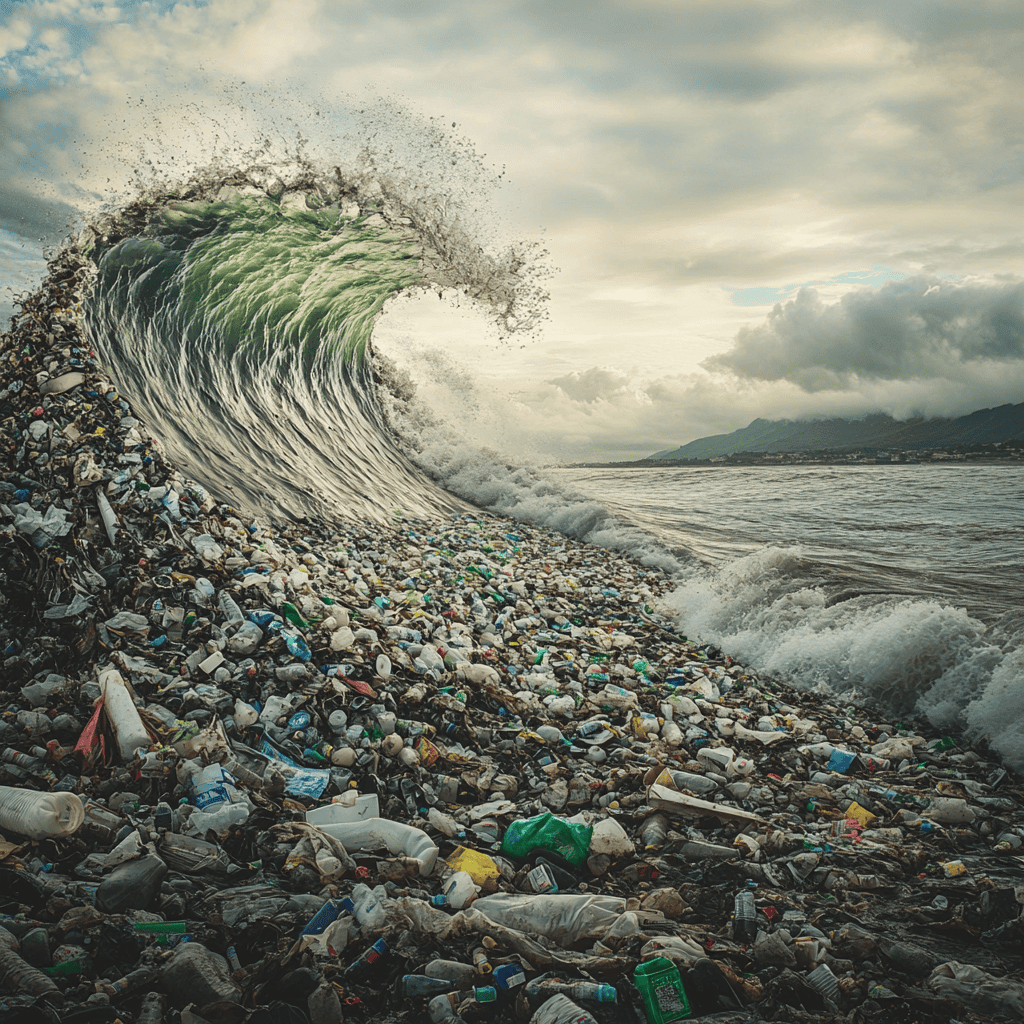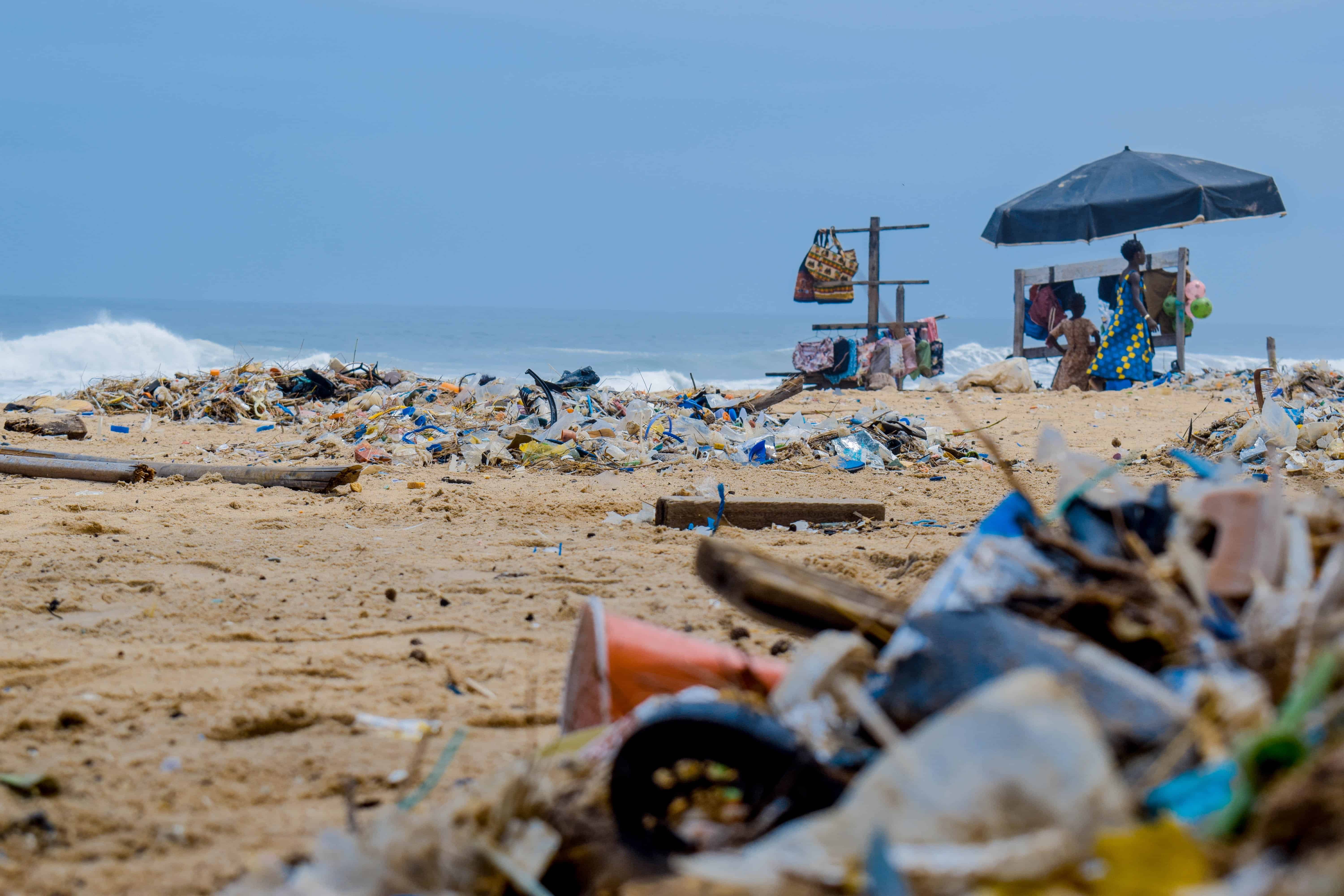
While the oceans’ plastic load is less than initially feared, pollution continues to rise. However, three pioneering methods offer hope against this escalating issue: an air bubble screen in rivers, next-gen aquadrones, and a land-based tower with a waste trap arm.
The Great Bubble Barrier
Developed by The Great Bubble Barrier, an air bubble screen is employed in rivers to capture plastic before it reaches the ocean. The barrier is composed of a tube with holes that releases air bubbles. Consequently, the plastic rises and floats to the water’s surface, where it can be collected and removed. Operating 24/7, the system does not interfere with fishing and shipping activities.
This innovative solution was first installed long-term in Amsterdam’s Westerdok, in a joint effort with the Amstel, Gooi, and Vecht Water Board and the municipality of Amsterdam. The initiative stemmed from sailors Anne Marieke Eveleens, Saskia Studer, and Francis Zoet, who saw the amount of plastic littering Dutch rivers.
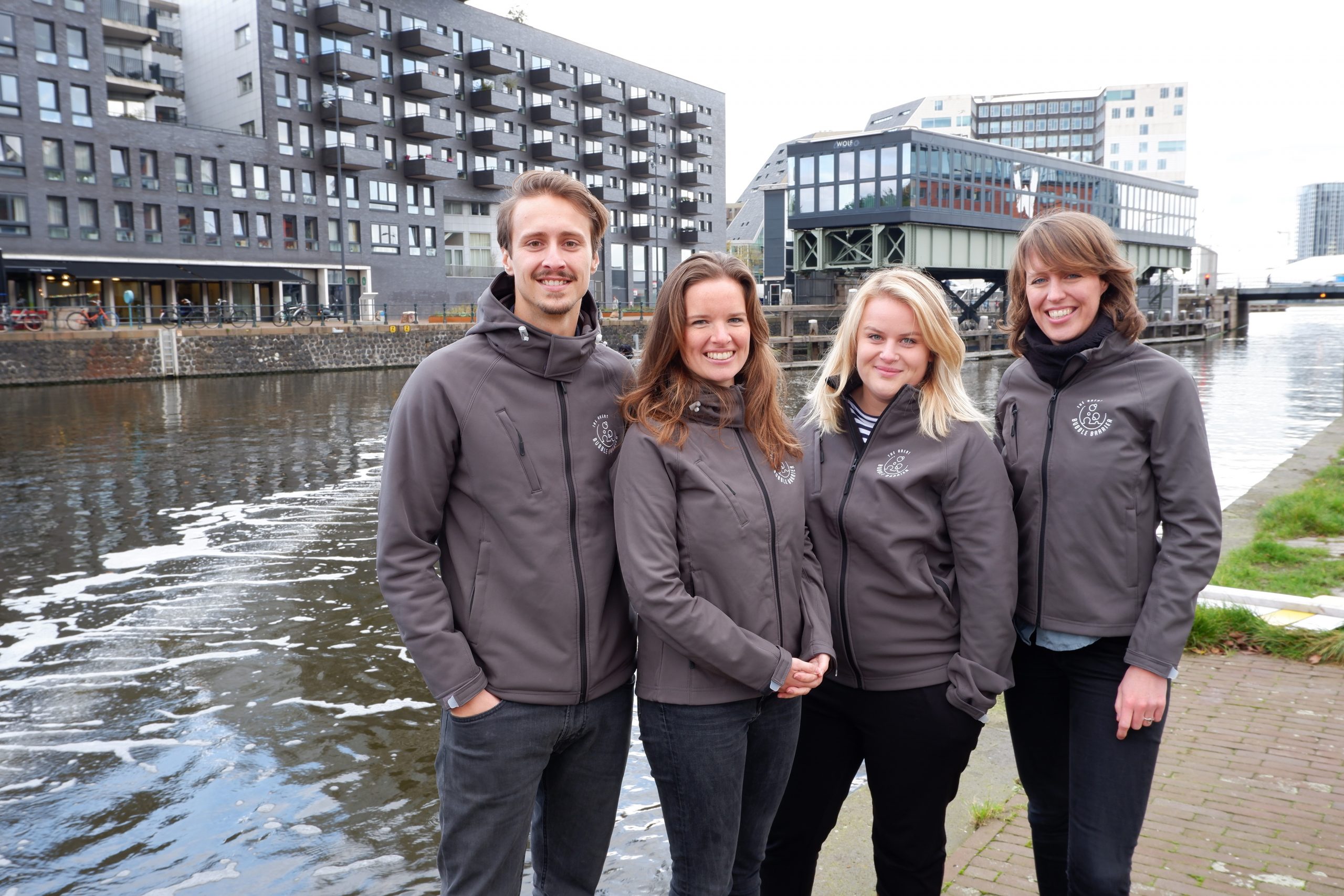
RanMarine’s aqua drones
RanMarine, a company based in Rotterdam, has stepped forward with its innovative drone technology to combat water pollution. Their specialized aqua drones, including the WasteShark and MegaShark, are designed to combat plastic waste and harmful algal blooms in natural swimming waters.
The WasteShark drones, inspired by the wide mouth of a whale shark, have a large storage capacity and can collect up to five hundred kilograms of floating waste daily. These drones are particularly effective in narrow channels and congested areas, such as harbours and marinas, where plastic waste tends to accumulate.
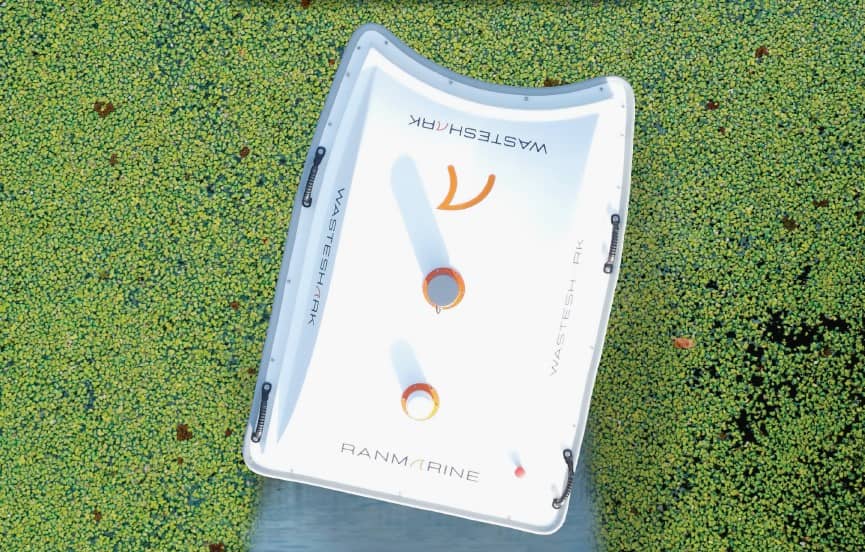
A Danish land-based tower
All In On Green, a Danish start-up, has developed the SeaProtectorOne, a robot designed to filter plastic waste from rivers and prevent it from reaching the ocean. The robot consists of a land-based tower with a waste trap arm equipped with a conveyor belt and a filter. It automatically adjusts to the water level and catches non-natural objects up to a depth of 30 centimetres.
The SeaProtectorOne has successfully fished out 100,000 pieces of trash from the river in Aarhus, prompting the municipality to extend their contract until 2027. The company plans to expand its operations to other European municipalities and aims to have a second prototype on the market in the near future.
